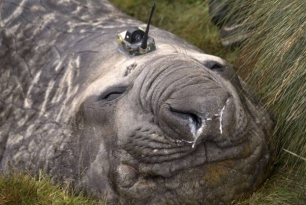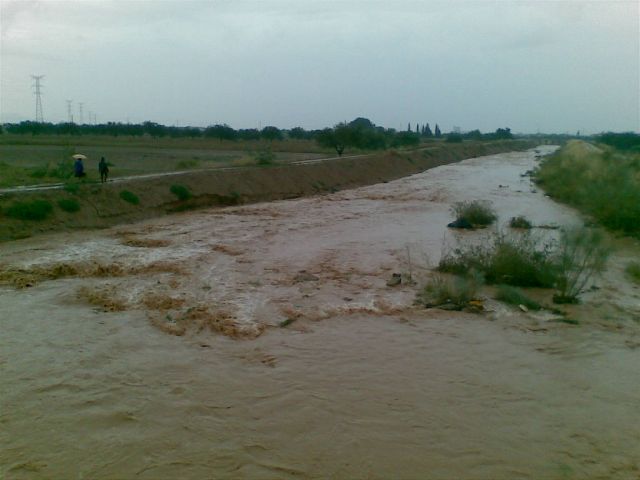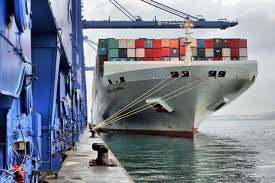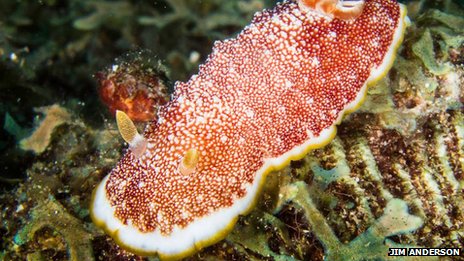
Scientists, with the help of seals, have solved a 30-year mystery surrounding the formation of the global ocean’s coldest, deepest waters.
Until now they had known that the cold, dense bottom waters of the global ocean originated at three different locations in Antarctica – the Weddell Sea, the Ross Sea and the Adélie Coast of East Antarctica. Thirty years ago, a fourth source was speculated to exist somewhere in the Prydz Bay region, but until now scientists have been unable to confirm if, where and how it is being formed.
The research is published today in the journal Nature Geoscience. Its significance is underlined by the fact that Antarctic bottom water is a key driver of the global ocean circulation and therefore of the earth’s climate.
The newly identified source is different from the other three sources. Its existence demonstrates that polynyas (areas of open water surrounded by sea ice) are capable of forming sufficiently dense shelf water over a narrow section of continental shelf without the traditional assistance of a large ice shelf or coastal storage volume. This opens the door for further discoveries of Antarctic bottom water production from the other polynya regions around the Antarctic coastline.
For more information

Seasonal input of organic pollutants through El Albujón Watercourse to the Mar Menor lagoon was estimated from Spring 2009 to Winter 2010, including regular periods and two flash flood events. 82 semivolatile organic pollutants (persistent organic pollutants, different groups of pesticides and others) were determined by stir bar sorptive extraction and thermal desorption followed by capillary gas chromatography coupled to mass spectrometry from surface waters with quantification limits of a few ng L−1.
Pesticide concentrations varied significantly along the watercourse due to the presence of different sources (groundwaters, wastewater effluent, tributary contributions, brackish waters, etc.) and physicochemical/biological processes that take place simultaneously. The most commonly detected analytes were propyzamide, triazine compounds and chlorpyrifos.
A clear seasonal pattern has been detected, with a predominance of insecticides during Summer and of herbicides during Winter. The input of pesticides through this watercourse is particularly relevant during periods of heavy rain, representing more than 70% of total yearly input for many of them.
For more information, please visit

Docking Assist will create a centralised, cost-effective, real-time, accurate vessel location and monitoring system, providing the necessary centimetre positioning/speed accuracy.
This system will provide efficient and safe manoeuvring within the entire navigation harbour zone enhancing vessel trajectory, and providing constant monitoring for moored/docked vessels.
The DockingAssist system is composed by two parts:
- The harbour will be equipped with a differential GNSS Base Station, and a Wireless Technology offering a range of several kilometres, in order to send the DGPS corrections data to the vessels, and receive real-time position, speed and heading data from them.
- A portable unit will be equipped on the ship side composed mainly of a DGPS receiver and a Wireless node to receive the indications from the harbour.
Main Benefits:
- Time reduction in transit, enhancing port traffic management and throughput with minimum investment.
- Reduction in operating expenses, CO2 emissions and fuel usage.
- Less environmental impact of shipping.
For more information, please visit the official web site

Japanese researchers observed the bizarre mating behaviour in a species called Chromodoris reticulata, which is found in the Pacific Ocean.
They believe this is the first creature known that can repeatedly copulate with what they describe as a “disposable penis”.
The study is published in the Royal Society’s journal Biology Letters.
Almost all of these creatures, which are also known as nudibranchs, are thought to be “simultaneous hermaphrodites”. This means they have both male and female sexual organs and can use them both at the same time.
The Japanese team observed sea slugs that they had collected from shallow coral reefs around Japan. They saw the animals mate 31 times.
The act took between a few seconds and a few minutes, after which the creatures would push away and shed their penises, leaving them on the floor of the tank.
Sea slugs are not the only animals who abandon their penis. Orb weaving spiders are known to lose their male organs after sex, as does a sea creature called the periwinkle and land slugs belonging to the genus Ariolimax.
However the researchers believe that Chromodoris reticulata is the first creature known that can re-grow its appendage – and its disposable penis gives it a sexual advantage.
For more information, please visit the royal society web site







